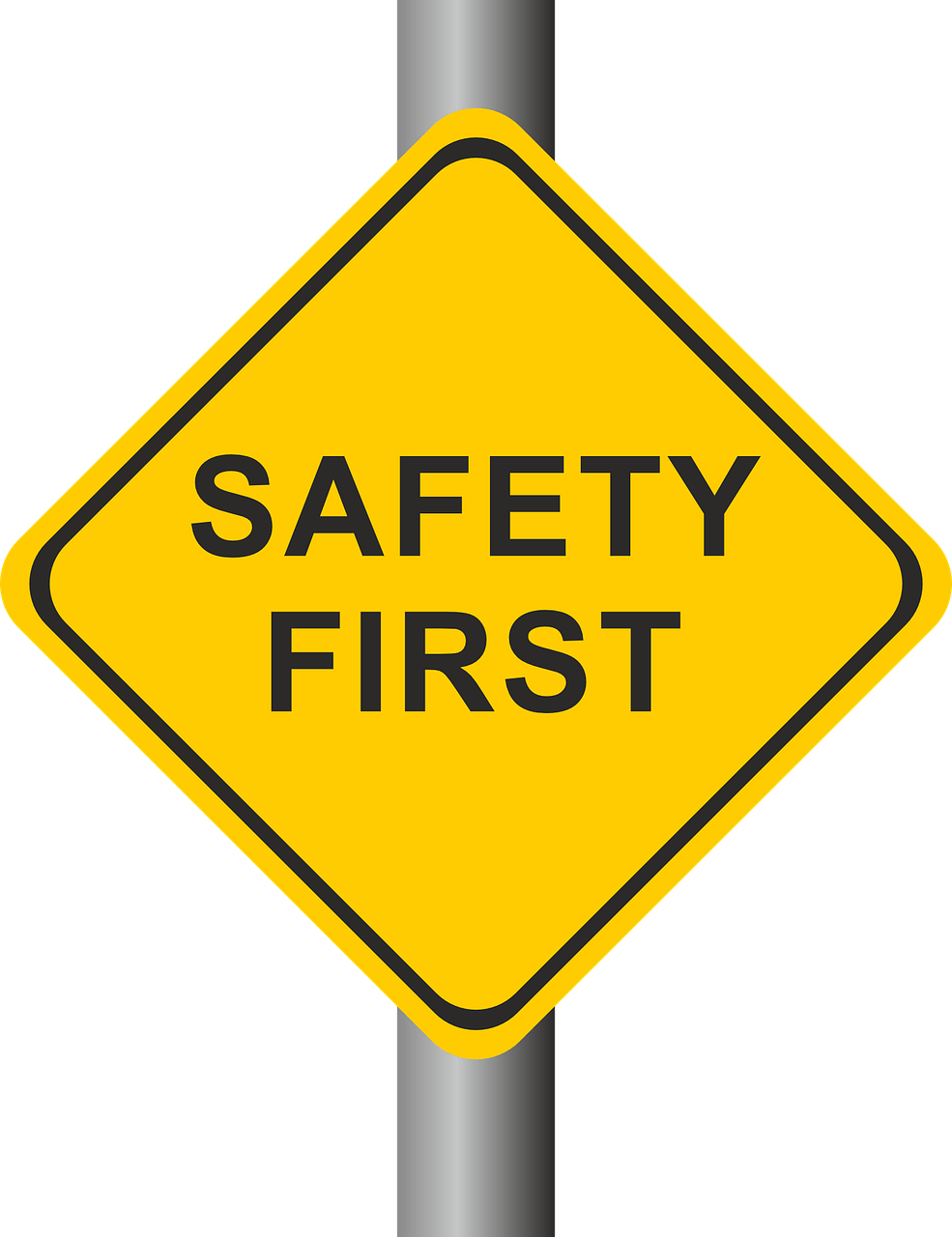Stop Losses in Spread Betting
Protect Your Profits: Stop Losses in Spread Betting
Spread betting can be a rewarding way to speculate on financial markets, from currencies to commodities, without owning the underlying asset. However, like any investment, it involves risk, and market volatility can lead to significant losses. That’s where stop-loss orders come in, a vital tool for protecting profits and managing potential losses. This article explores what stop losses are, why they matter, and how you can use them to enhance your spread betting strategy.
What is a Stop Loss?
A stop-loss order is an instruction to automatically close a position if the market moves against you by a set amount. In spread betting, this means setting a price level at which you will exit the trade if the price moves unfavourably. By using a stop-loss order, you limit the risk to your trading capital without constantly monitoring the markets.
For example, if you open a ‘buy’ position on the price of crude oil at £50 per point, you might set a stop loss at a £10 loss per point. If the price falls to that level, your trade will close automatically, minimising losses.
Why Use Stop Losses in Spread Betting?
Stop-loss orders are essential for any serious spread bettor. They protect your profits by limiting the downside on each trade, helping you avoid severe losses and keep your account intact. In volatile markets, where prices can change rapidly, stop losses add an extra layer of security.
Here are three key reasons to use stop losses:
- Capital Protection: The primary purpose of a stop loss is to prevent large losses, preserving your capital for future trades. Limiting your loss per trade allows you to withstand multiple trades and continue betting without quickly depleting your funds.
- Peace of Mind: Constantly monitoring trades can be stressful and time-consuming. With stop-loss orders in place, you can leave trades open without worrying that sudden market moves will wipe out your account.
- Discipline: Emotions can sometimes cloud trading judgement, leading to impulsive decisions. Setting stop losses in advance helps you stick to a disciplined approach, even when market conditions get challenging.
Types of Stop-Loss Orders
Several types of stop-loss orders are available, each serving different purposes based on the nature of the trade and market conditions. Knowing which type to use can enhance your spread betting strategy and ensure better risk management.
- Standard Stop Loss: This is a basic stop-loss order placed at a specific price. If the market hits that price, your trade automatically closes. It’s simple but can be triggered by temporary price swings or sudden market fluctuations, especially in volatile markets.
- Trailing Stop Loss: A trailing stop loss moves with the market price. For example, if you set a trailing stop loss at 10 points below your entry price, it will move up if the market rises, always maintaining a 10-point distance from the highest price reached. This way, if the market turns against you, the stop loss locks in any gains made.
- Guaranteed Stop Loss: This type of stop loss guarantees your position will close at the specified price, regardless of market volatility or gaps. It typically incurs a small fee but provides added security, especially during significant market events when regular stop losses may not activate at the exact price level set.

How to Set Effective Stop Losses in Spread Betting
Setting an effective stop loss requires a blend of technical knowledge and market insight. Here are several strategies to help set appropriate stop-loss levels.
- Know Your Risk Tolerance: Determine how much of your capital you’re willing to risk on a single trade. A common approach is to risk no more than 1–2% of your total trading capital on any trade. If your capital is £10,000, for instance, you might cap your risk per trade at £100–£200.
- Use Technical Analysis: Technical indicators like support and resistance levels, moving averages, and trend lines can help identify ideal stop-loss points. Setting stops below support levels or above resistance levels can provide a buffer in case the price briefly retraces before moving in your desired direction.
- Factor in Market Volatility: Volatile markets require wider stop losses to avoid premature closures due to normal price swings. In less volatile markets, tighter stops can be effective, as price movements are more stable. Knowing the average price movement of an asset, often measured by the Average True Range (ATR), can help you set stops that match market conditions.
- Adjust Stops as the Trade Progresses: Once a trade is profitable, consider moving your stop loss to break even. This way, if the market reverses, you’ll exit the trade without any loss. For significant price movements in your favour, a trailing stop can help lock in profits while still allowing room for further gains.

Examples of Stop Losses in Action
Imagine you open a spread bet on the FTSE 100, betting that the index will rise from 6,500. You stake £5 per point and set a standard stop loss at 6,470, limiting your loss to £150. If the index falls to this level, your position automatically closes, minimising potential losses.
In another example, you place a trailing stop loss on a gold trade. You buy at £50 per point with a trailing stop 10 points below. If the price rises to 1,510, your stop loss moves to 1,500. If the price drops to 1,500, the trailing stop activates, and your position closes, securing a profit.
Common Mistakes to Avoid When Using Stop Losses
While stop losses are a valuable tool, they’re not foolproof. Here are some common mistakes to avoid:
- Setting Stops Too Close to the Entry Price: In volatile markets, close stop-loss orders are likely to be triggered by minor price fluctuations. Set stops with enough distance to account for normal market noise.
- Ignoring Market Conditions: Each market has unique characteristics, so avoid using the same stop-loss strategy across all assets. Adapt your stop loss based on the volatility and price behaviour of the specific asset.
- Failing to Reassess Stops Regularly: Market conditions change, and your stop loss may need adjusting. Monitor trades periodically and adapt stops based on new trends or significant price moves.
Using Stop Losses as Part of a Broader Strategy
Stop-loss orders should be just one element of a comprehensive risk management strategy in spread betting. Other elements, like position sizing and portfolio diversification, also contribute to effective risk management.
Position sizing controls the amount of capital you risk on each trade, which is crucial for sustaining your account during downturns. Diversifying your positions across different assets can also reduce exposure to a single market or asset.
Conclusion: Safeguarding Your Profits with Stop Losses
Stop losses are indispensable tools in spread betting, enabling you to manage risk and protect your trading capital. By setting stop losses strategically, you can minimise potential losses, reduce emotional decision-making, and stay disciplined in volatile markets.
Choosing the right type of stop loss—whether standard, trailing, or guaranteed—depends on your risk tolerance and market conditions. Adapting stop-loss strategies to fit each trade will give you greater control over your spread betting journey, helping you protect your profits while keeping losses in check. As with any investment strategy, practice and experience will help you refine your approach and make better decisions with each trade.
For detailed information on oil spread betting, explore the article here.
For more information on the stop losses, please refer to the article here.
